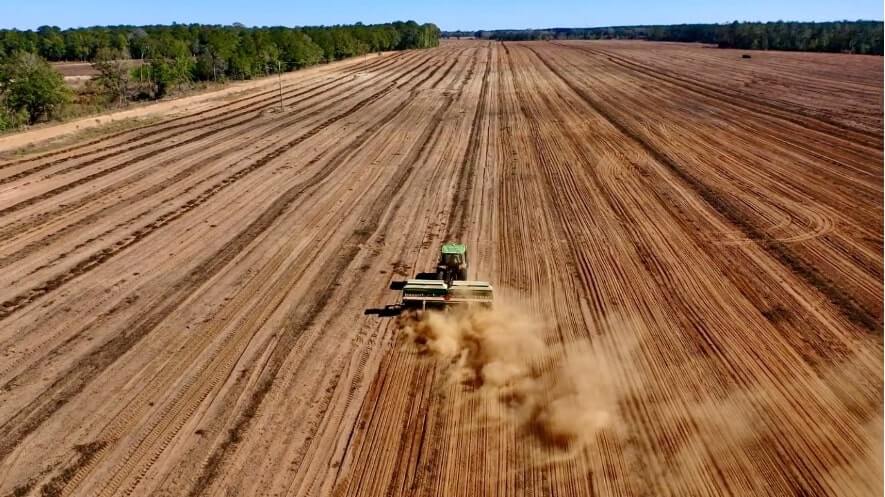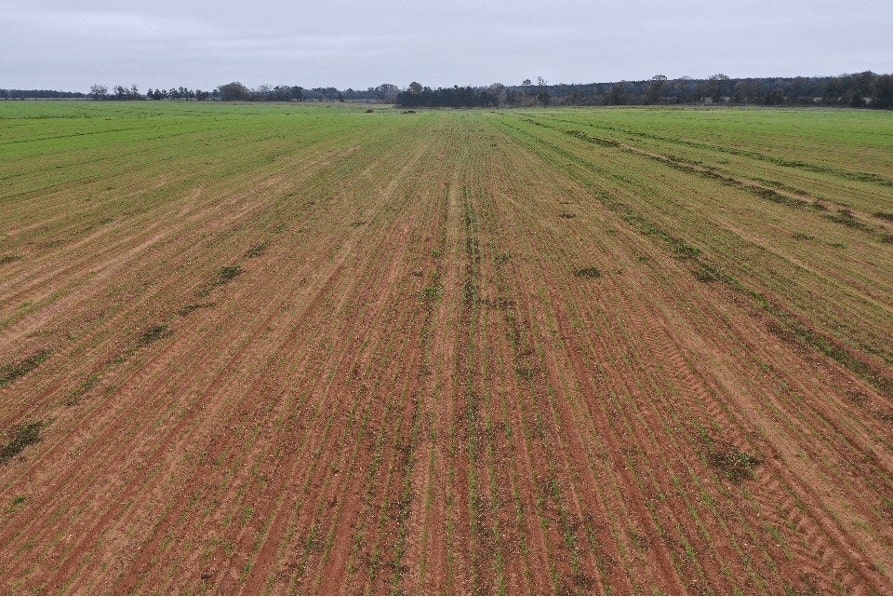Posted by Chris Lunghino and Michael Baute
January 11, 2020—Solar power plants are projected to occupy over six million acres of land globally by 2030 and the solar industry will be responsible for the stewardship of this land. In recognition of this responsibility, in 2018, Silicon Ranch launched Regenerative Energy®, a holistic, outcomes-based platform for solar power plant design, construction, and operations. The platform restores grassland ecosystems on solar land through the co-location of clean electricity generation and regenerative agriculture and sets a new standard of excellence for the solar industry.
Silicon Ranch is the long-term owner of the property housing our solar arrays, much of which was previously used for industrial agriculture that involved the application of chemical fertilizers and pesticides. This typically results in land being highly degraded and susceptible to erosion due to negative impacts to the functioning of nature’s basic cycles, which in turn leads to reduced biodiversity, soil organic matter, and soil water retention capacity.
Standard solar industry practice is to let land that a solar farm will occupy remain idle until construction of the facility begins. This often results in soil erosion and topsoil loss that increase the challenge of establishing vegetation during and after construction, which would stabilize soils for the long-term. Vegetation plays a pivotal role in soil stabilization, with above‐ground vegetation and roots combining to physically protect soil against erosion.
Regenerative Energy® is changing standard industry practice through pre-construction soil stabilization via no-till seeding of a diverse mix of cover crop seeds. This proactive and holistic approach to solar site preparation is implemented in advance of construction and begins the land restoration process by immediately stabilizing soils, increasing biodiversity of soil microbiology, and re-building soil organic matter.
Recognizing that each solar project is unique, we custom design seeding plans to meet each project’s unique ecological restoration needs. Where topography and conditions allow, we contract our land management partners, including Will Harris and his team at White Oak Pastures, to stabilize soils and begin restoring the land before we build the solar power plant. At Silicon Ranch’s SR Clay project, just outside of Bluffton, GA, White Oak Pastures has no-till drill seeded an annual cool season mix of cover crop seeds along with warm season perennial bahia grass into the degraded land, previously conventionally farmed for peanuts and timber.
Without this early intervention, this site would likely have experienced significant erosion between now and when we commence construction. White Oak Pastures will no-till drill seed another round of annual warm season cover crop seeds and more perennial bahia grass later this spring. This additional seeding effort will re-build even more organic matter in the soils (helping water to soak into the land rather than runoff, causing erosion) and further stabilize soils ahead of construction.
Once construction of the solar power plant is complete, the vegetation needed to truly stabilize these soils will have had approximately an additional 18 months establishment time, reducing weather-related construction delays and ultimately lowering the cost of construction. Post-construction, the Regenerative Energy® team, in partnership with White Oak Pastures, plans to use managed sheep grazing as the primary vegetation management strategy, all the more feasible due to the forward-thinking approach of pre-construction soil stabilization via no-till drill seeding of cover crops to restore the land to a functioning grassland ecosystem.
With this early intervention at the SR Clay project and the Snipesville II project in Denton, Georgia, Silicon Ranch and the Regenerative Energy® team are pushing the envelope of dual-use solar by integrating regenerative agriculture production into utility-scale solar energy projects.

